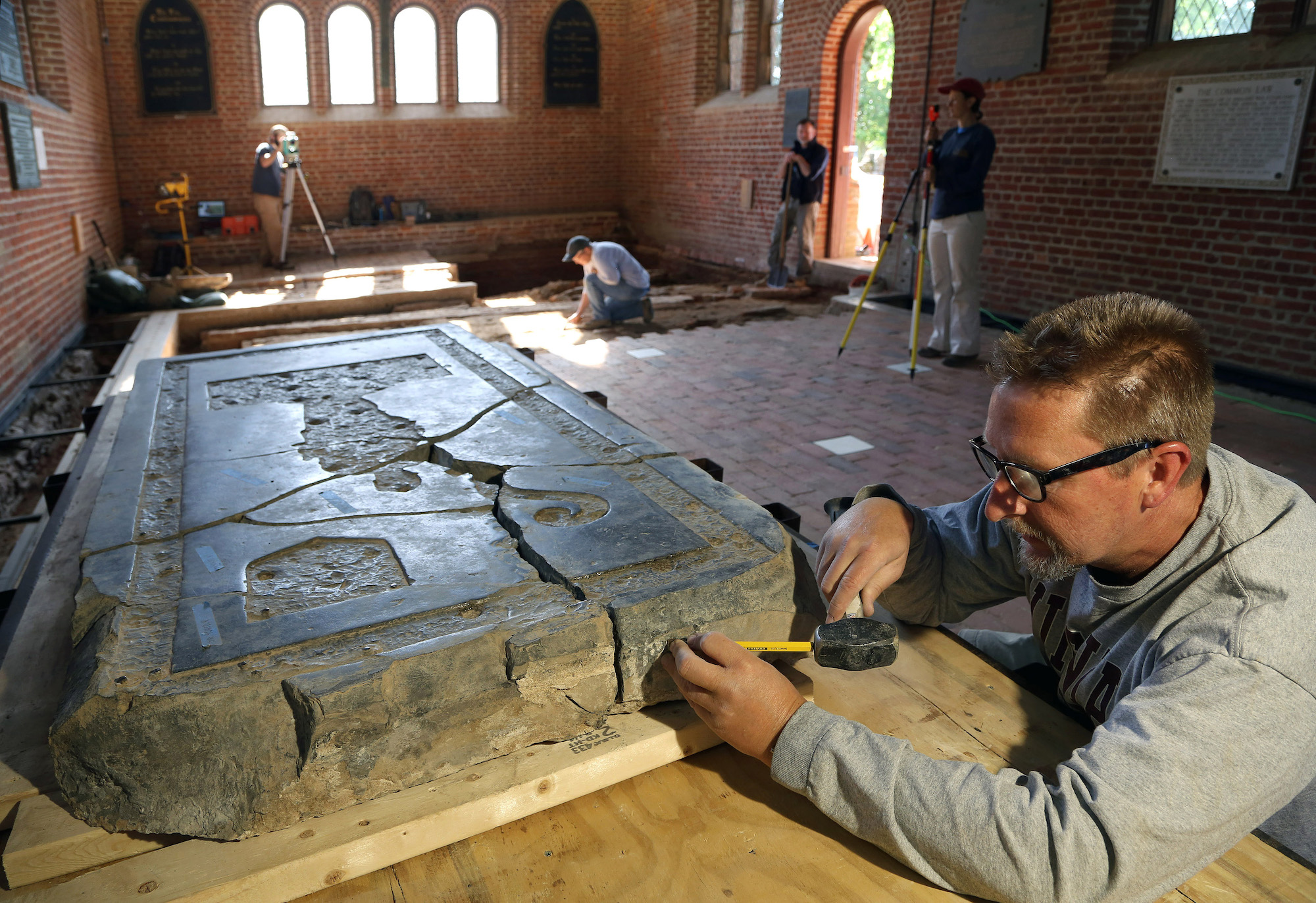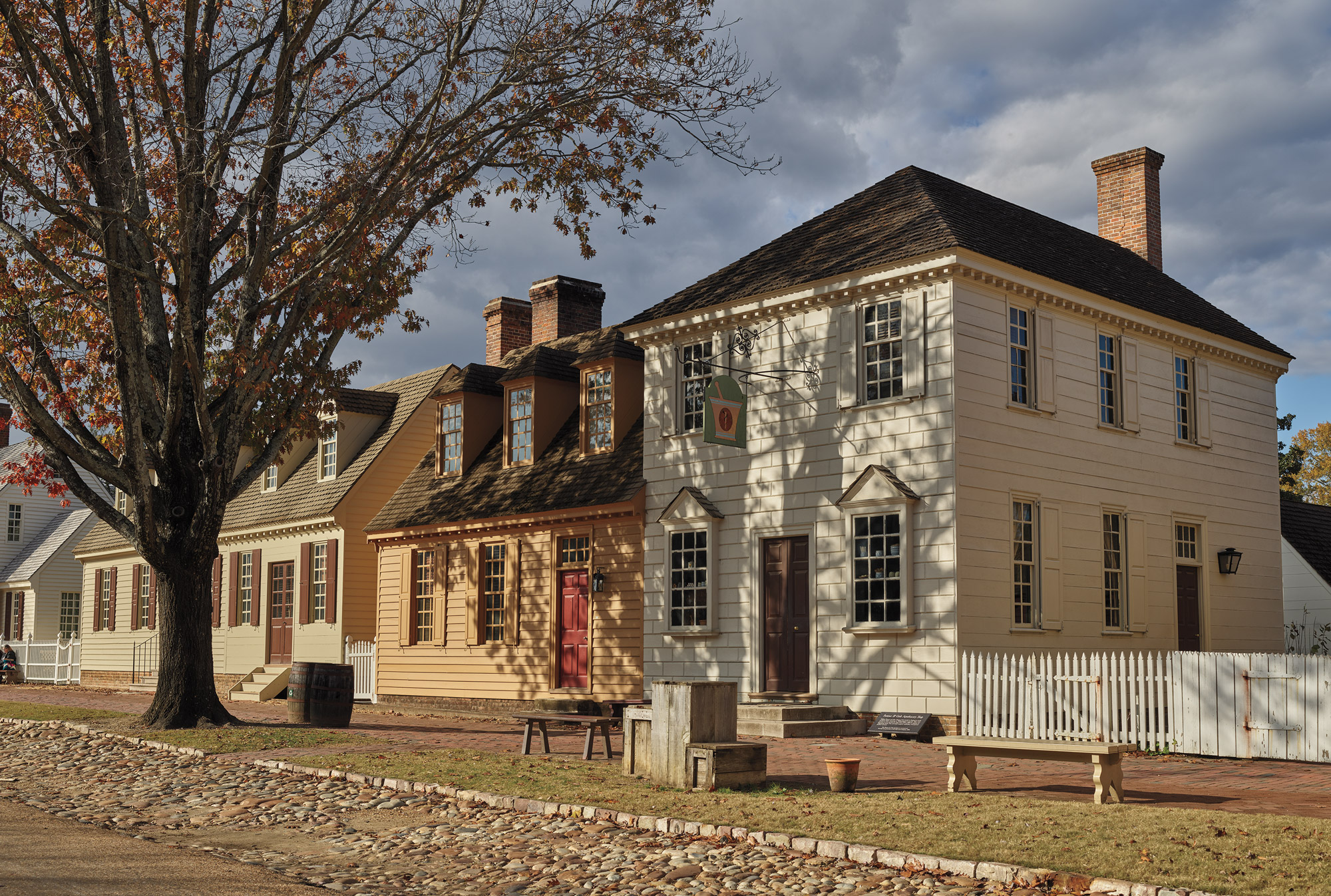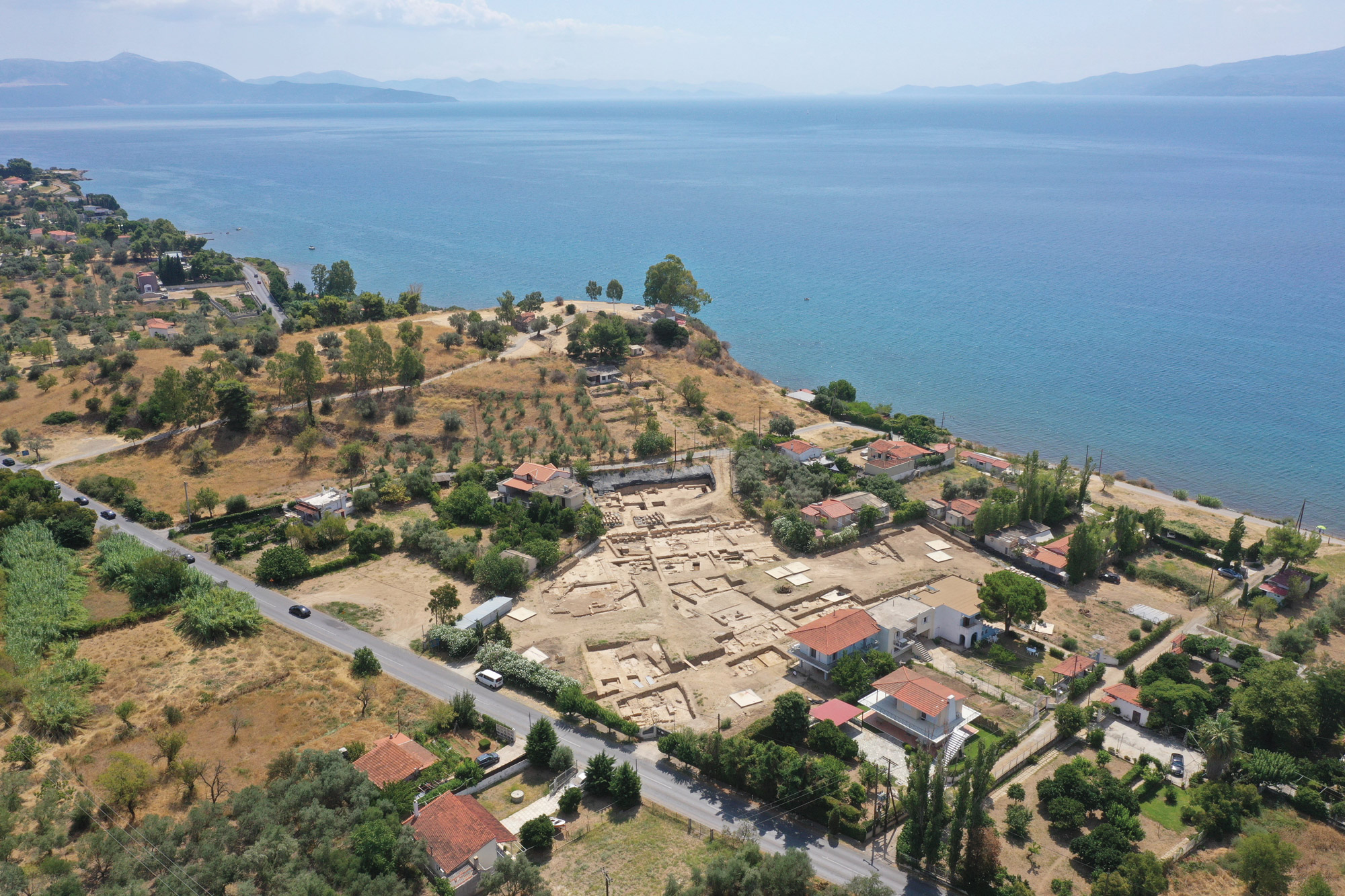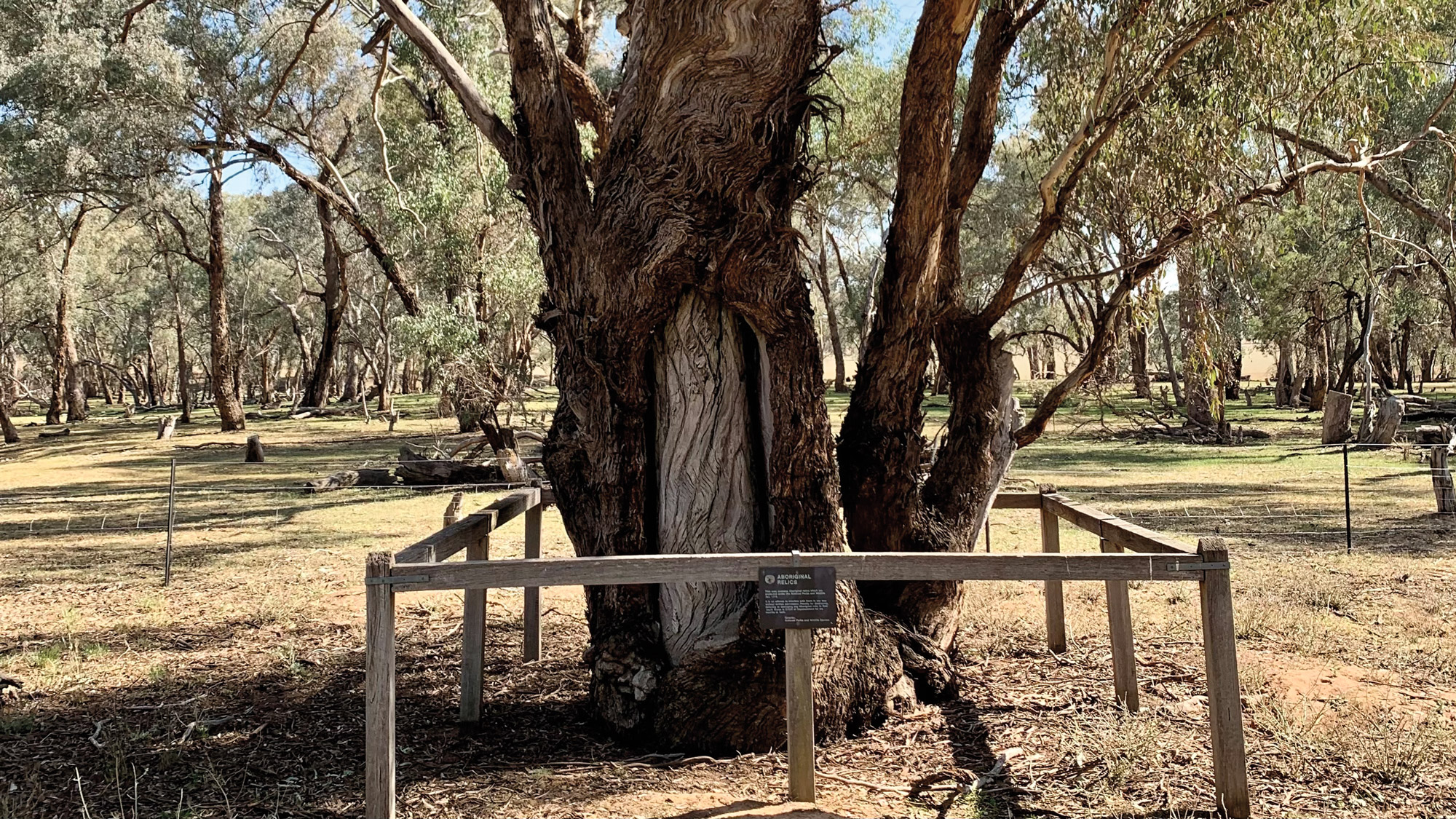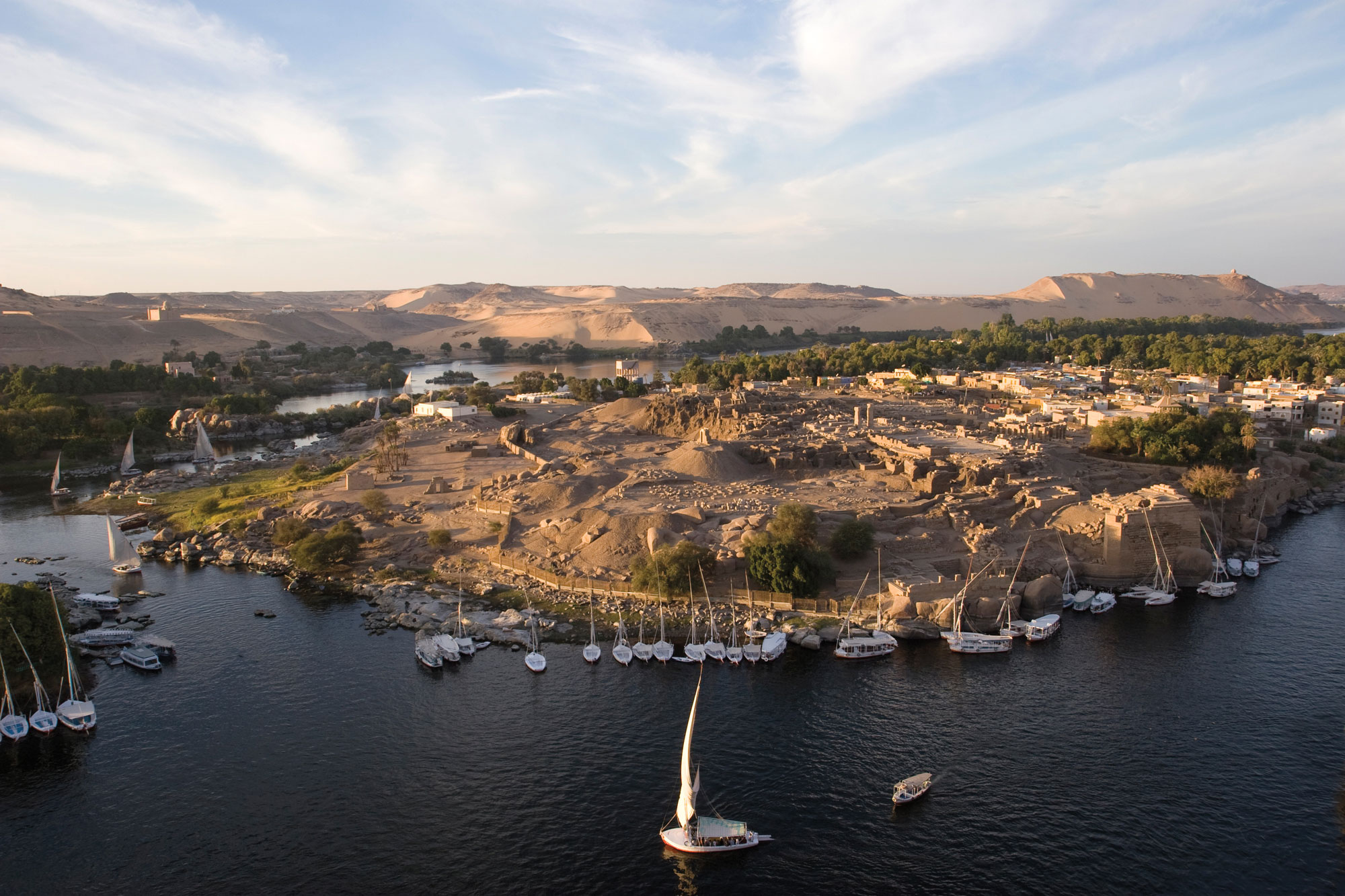
JAMESTOWN, VIRGINIA—According to a Gizmodo report, paleontologist Marcus Key of Dickinson College has analyzed the black limestone tombstone found in the 1617 church at Jamestown. The stone features an outline of a person wearing armor, and probably a shield and sword, suggesting that the tombstone was carved for a knight. The stone is therefore thought to have belonged to Sir Thomas West, who died in 1618 while sailing to Jamestown, or Sir George Yeardley, the slave-owning colonial governor. Key determined that microfossils of single-celled organisms called foraminiferans were embedded in the limestone. “These species did not co-occur anywhere in North America,” he explained, but could have come from parts of England, Ireland, or Belgium. “Historical evidence of similar colonial tombstones around the Chesapeake Bay suggests the source was Belgium,” Key concluded. He thinks the stone had been shipped from Belgium to London, where it was carved and inlayed with brass as was fashionable, and then shipped to Jamestown. Read the original scholarly article about this research in International Journal of Historical Archaeology. For more on the tombstone, go to "Knight Watch."


